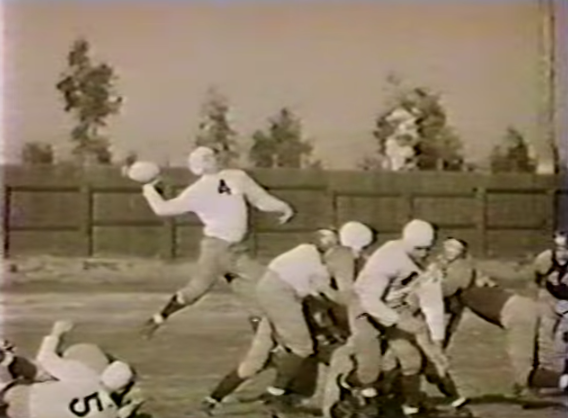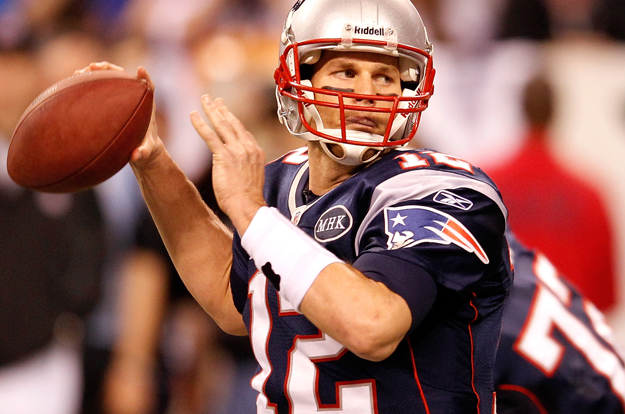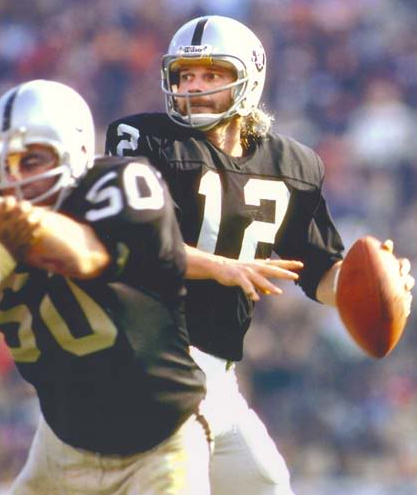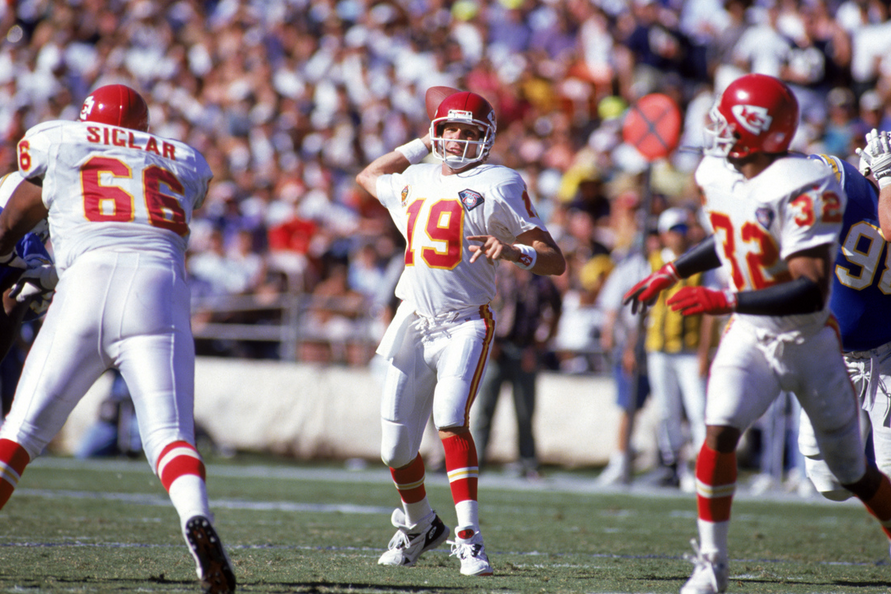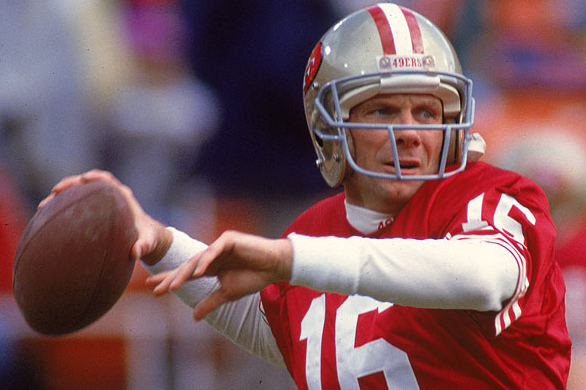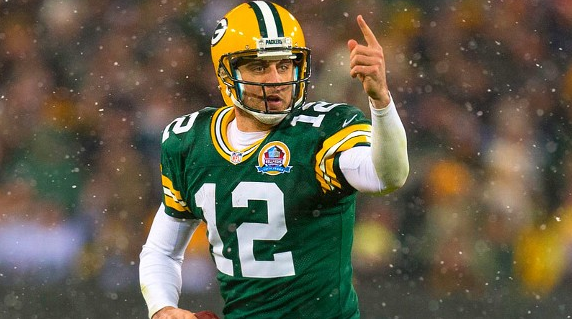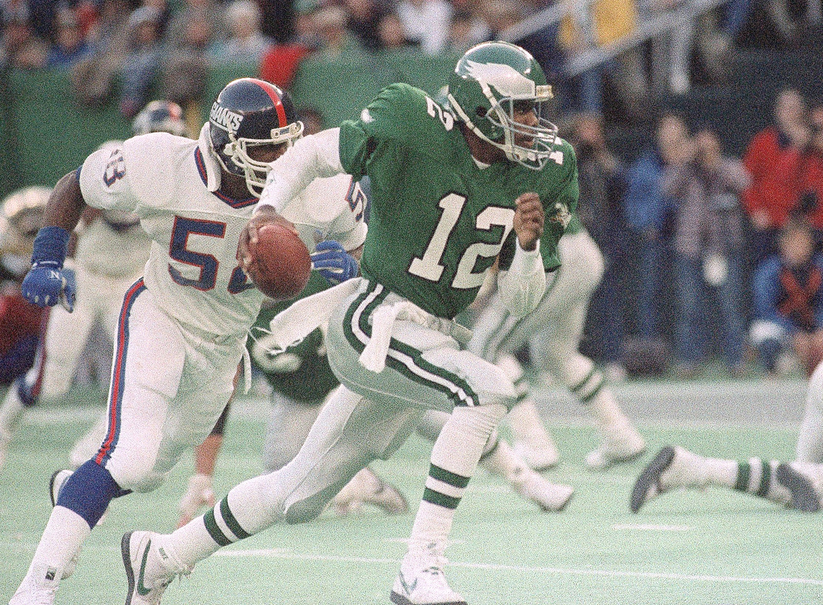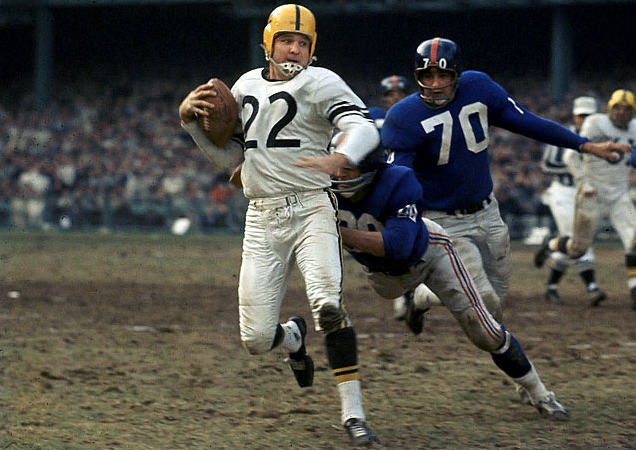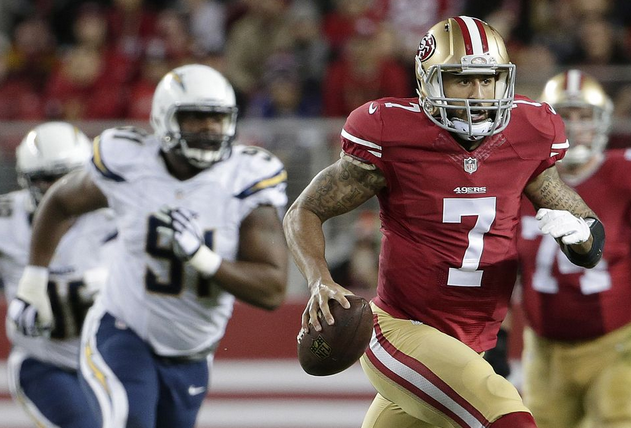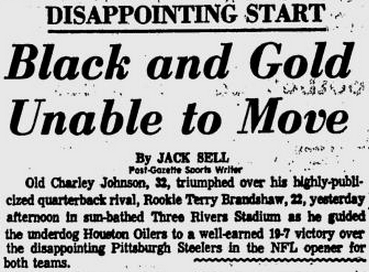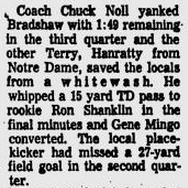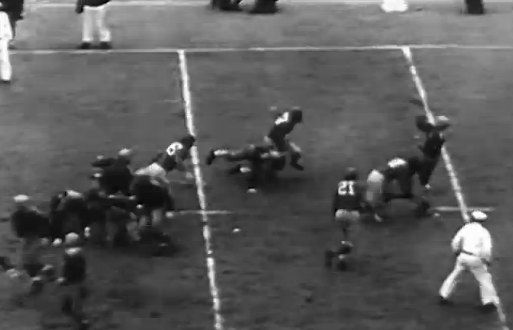It’s not just that Tom Brady is getting ready to start in his sixth NFL title game, tying the record for quarterbacks shared by Otto Graham and Bart Starr. It’s that those Super Bowls have spanned 14 seasons, from 2001 to ’14 — the longest stretch for any QB. Pretty remarkable.
After all, if injuries don’t get you in the demolition derby of pro football, age usually will. Or maybe, later in your career, you won’t be surrounded by the same kind of talent you were earlier. But here Brady is, all these years later, still putting the Patriots in position to win championships. And at 37, he might not be done. I mean, it’s not like the Pats’ roster is a seniors community.
Here’s the list Brady now heads:
LONGEST SPAN OF SEASONS AS A STARTING QB IN THE NFL TITLE GAME
| Quarterback, Team(s) | First Title Game | Last Title Game | Span |
|---|---|---|---|
| Tom Brady, Patriots | 2001 vs. Rams (W) | 2014 vs. Seahawks | 14 |
| Johnny Unitas, Colts | 1958 vs. Giants (W) | 1970 vs. Cowboys (W) | 13 |
| John Elway, Broncos | 1986 vs. Giants (L) | 1998 vs. Falcons (W) | 13 |
| Norm Van Brocklin, Rams/Eagles | 1950 vs. Browns (L) | 1960 vs. Packers (W) | 11 |
| Arnie Herber, Packers/Giants | 1936 vs. Redskins (W) | 1944 vs. Packers (L) | 9 |
| Sammy Baugh, Redskins | 1937 vs. Bears (W) | 1945 vs. Rams (L) | 9 |
| Joe Montana, 49ers | 1981 vs. Bengals (W) | 1989 vs. Broncos (W) | 9 |
| Bart Starr, Packers | 1960 vs. Eagles (L) | 1967 vs. Raiders (W) | 8 |
| Roger Staubach, Cowboys | 1971 vs. Dolphins (W) | 1978 vs. Steelers (L) | 8 |
| Sid Luckman, Bears | 1940 vs. Redskins (W) | 1946 vs. Giants (W) | 7 |
| Bob Waterfield, Rams | 1945 vs. Redskins (W) | 1951 vs. Browns (W) | 7 |
Note: Van Brocklin and Waterfield split the quarterbacking for the Rams in 1950 and ’51. So if you want to kick them off the list, go ahead. I included them because, well, they’re both Hall of Famers.
Also, if you want to get technical about it, Starr’s 1967 win over the Raiders wasn’t in the NFL title game, it was in the AFL-NFL title game. (The leagues hadn’t merged yet.) He beat the Cowboys for the NFL championship — in the storied Ice Bowl.
Graham’s name, by the way, is missing because he played his first four seasons in the rival All-America Conference. If you include those years, his Championship Span was exactly a decade (1946-55), which would put him just behind Van Brocklin.
As you can see, Unitas won titles in 1958 and ’70 — a span of 13 seasons. That’s the record for a quarterback . . . and one Brady would break if the Patriots knock off the defending champion Seahawks.
Source: pro-football-reference.com

